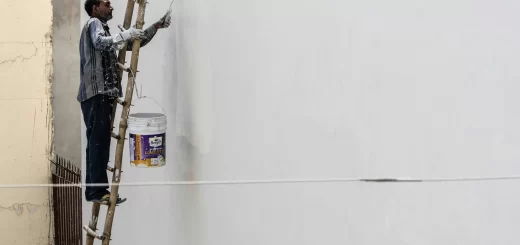Procurement Team – Structure and Roles

In the previous post, the definition and key responsibilities of a procurement [management] team have been given and outlined. The following article will tell you what key factors should be considered when deciding on the roles and structure of your procurement group. It also outlines the group roles’ names and each position’s duties.
Definition
A procurement team structure comprises team members’ roles, duties, and responsibilities. It identifies the key positions that provide a successful purchasing management process.
The structure of a procurement group will generally depend on several critical factors around an enterprise that will order procurement items for a project.
These factors are:
- Company Size. If a company is large, this often means that the enterprise has several departments (Marketing & Sales, Purchasing, Accounts, etc.), relationships between the departments are well developed, a lot of employees are involved in the departments’ activities, much money are spent, and greater profits are received.
- Usually, such an enterprise is involved in some projects and related activities, both short-term and long-term, so it needs a strong team of professionals who could state business/project procurement and purchasing activities.
- To build and manage such a team, that enterprise must organize a procurement (purchasing) division in its organizational structure. The procurement division will consist of economists, analysts, and specialists who can manage and follow procurement best practices.
- Project Scope. When a project is initiated, the project manager and other authorized stakeholders develop a scope for the project. A scope involves the identification of the logical boundaries to which the project is planned to be extended. The project scope is identified in the context of two key constraints: time and cost.
- Suppose procurement items required for the project are delivered out of schedule and/or within the available budget. In that case, the project will likely fail or not meet the stakeholders’ expectations. And proper ordering and delivery of those items will depend on how an assigned purchasing group works around procurement activities. If the project scope is relatively large, then more things are required for delivery, and more aspects of procurement management are needed to be considered, so the purchasing group should have a sufficient quantity of qualified members who can do their best to manage strategic procurement processes and services.
Roles
In a procurement management team, there can be five possible roles:
- Buyer. A “Procuring” Buyer is a person who selects a suitable vendor and issues purchasing orders. The Buyer prepares a list of potential vendors (the Buyer’s list) to be submitted to Manager for approval. The Buyer’s list is critical to identifying the vital procurement policies and strategies that state procurement procedures and activities.
- Procuring Officer. This role is assigned to someone who directly communicates and negotiates with vendors. The person is responsible for sending the request for proposals (RFPs) to the approved vendors from the Buyer’s list. Often Officer shares the duties of the Buyer and submits the Buyer’s list for approval. Purchasing Officer may act on behalf of the Buyer when submitting purchasing orders to approved vendors.
- Manager. It is a role of taking on supervisory and managerial responsibilities. The procurement Manager leads the work of the purchasing division, including tasks and activities of Purchasing Officer and Buyer. The manager has the authority to make decisions concerning operational activity; however, they must communicate with the director to get the strategic, long-term direction of procuring activities (including government activities). The manager closely works with the project manager, and in collaboration, both managers decide on specifications and technical requirements of procurement items required for accomplishing the project.
- Director. Purchasing Director is a person who defines the long-term direction of strategic procurement processes and services for the procurement department and is involved in high-value contract negotiations. The procurement director is responsible for negotiating with the government and bidding on government/business contracts. On behalf of the department, this person can participate in official federal bids and tenders by registering in e-procurement systems through the Web. The Director role is essential when a project requires concluding international procurement contracts and agreements.
- Analyst. Purchasing analysis is a person who informs upper management of purchasing process status and progress by submitting procurement reports. Purchasing analysis tracks spending activity against contracts and non-contracted spending and ensures procurement best practices and policy compliance.














